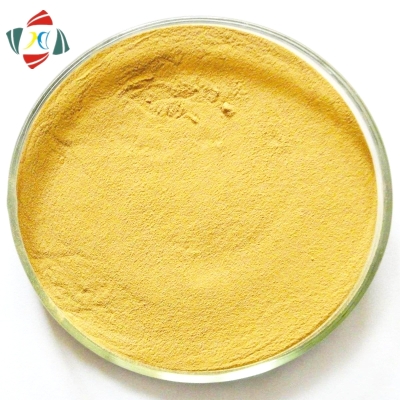-
Categories
-
Pharmaceutical Intermediates
-
Active Pharmaceutical Ingredients
-
Food Additives
- Industrial Coatings
- Agrochemicals
- Dyes and Pigments
- Surfactant
- Flavors and Fragrances
- Chemical Reagents
- Catalyst and Auxiliary
- Natural Products
- Inorganic Chemistry
-
Organic Chemistry
-
Biochemical Engineering
- Analytical Chemistry
- Cosmetic Ingredient
-
Pharmaceutical Intermediates
Promotion
ECHEMI Mall
Wholesale
Weekly Price
Exhibition
News
-
Trade Service
Studies on animal models have shown that high-intensity rehabilitation training started shortly after a stroke is the most effective way to promote rehabilitation
.
In humans, the interaction between treatment initiation and intensity is unclear
The Queen Square Upper Limb Neurorehabilitation (QSUL) and Rehabilitation Game System (RGS) dataset consists of 455 upper limb hemiplegia patients who received different stages of chronic post-stroke treatment between 2008 and 2018 (subacute <6 months, Early chronicity is 6-18 months, late chronicity is 18 months to 4 years old, 4 years old and older> 4 years old)
.
The QSUL program provides a 3-week high-intensity rehabilitation program (high-intensity conventional treatment (H-CT), 5 hours a day), based on a combination of conventional therapies (n=224)
Rehabilitation of low-intensity and high-intensity interventions
In these two cohorts, a total of 455 patients were included in the analysis
.
At the beginning of treatment, use UE-FM (UE-FM score; H-CT: mean standard deviation 27±13; L-CT: mean standard deviation 37±16; L-RGS: mean standard deviation 36±14; p< 0.
05, one-way analysis of variance (ANOVA), young (age; H-CT: mean standard deviation 49±15; L-CT: mean standard deviation 61±11; L-RGS: mean standard deviation 63±12; p<0.
001 , One-way analysis of variance) and more chronic (days after stroke; H-CT: mean standard deviation 1288±1602; L-CT: mean standard deviation 697±928; L-RGS: mean standard deviation 806±1003; p<0.
01 , One-way analysis of variance) compared with the L-CT and L-RGS groups
All the treated groups showed significant improvement
.
It was observed that this improvement was proportional to the training intensity, that is, compared with the two low-intensity groups, the high-intensity group showed higher treatment responsiveness at all measurement points (H-CT and L-CT/L -Reactivity difference between RGS; mean 4±1 SE represents subacute; SE means early chronic; mean 5±1 SE means late chronic; mean 6±1; p<0.
In this retrospective analysis, in the QSUL and RGS cohorts, there is responsiveness to treatment at almost all stages after stroke, indicating that as the intensity of intervention increases, the regulatory effect on chronicity and responsiveness is gradually weakened
.
The findings in this article also support the initiation of early rehabilitation, regardless of the intensity (ie, the subacute phase)
In summary, these findings indicate that the current stroke guidelines must be revised to include high-intensity rehabilitation programs throughout the chronic process
.
.
BallesterBR ,Wardthe NS , Brander F.
Ballester BR Ballester Ward the NS Ward Brander F.
Brander , et Al Relationship BETWEEN Intensity and Recovery in POST-Stroke Rehabilitation: A Retrospective Analysis Journal of.
Neurology, Neurosurgery & Psychiatry Published Online First: 24 June 2021.
Published Online First: doi: 10.
1136/jnnp-2021-326948 doi: leave a message here







